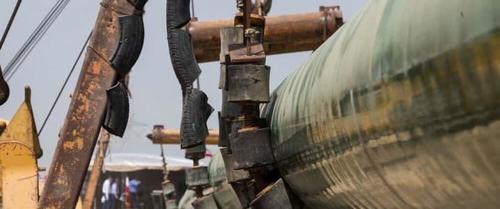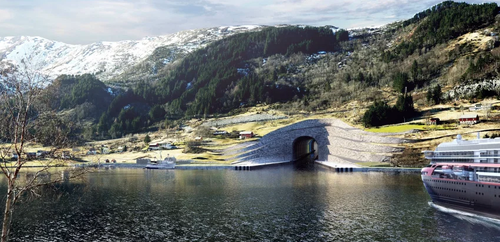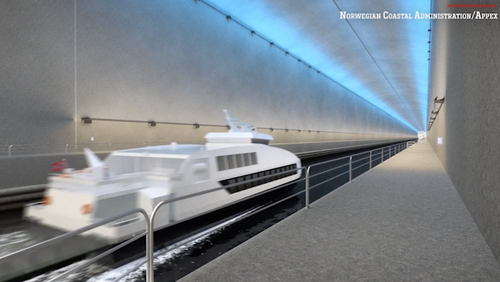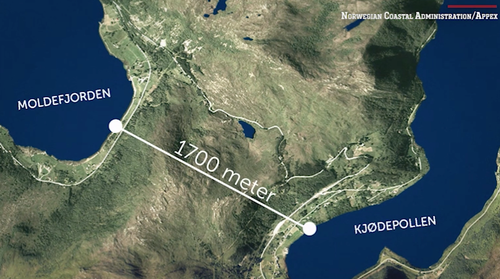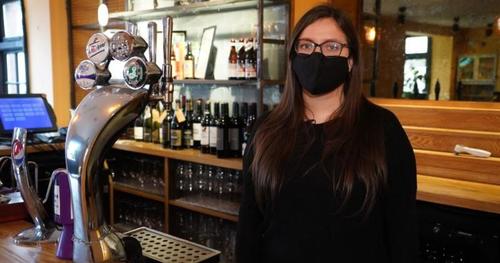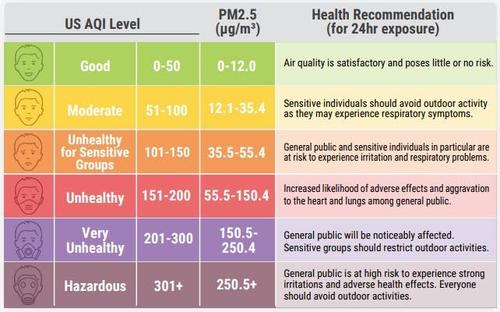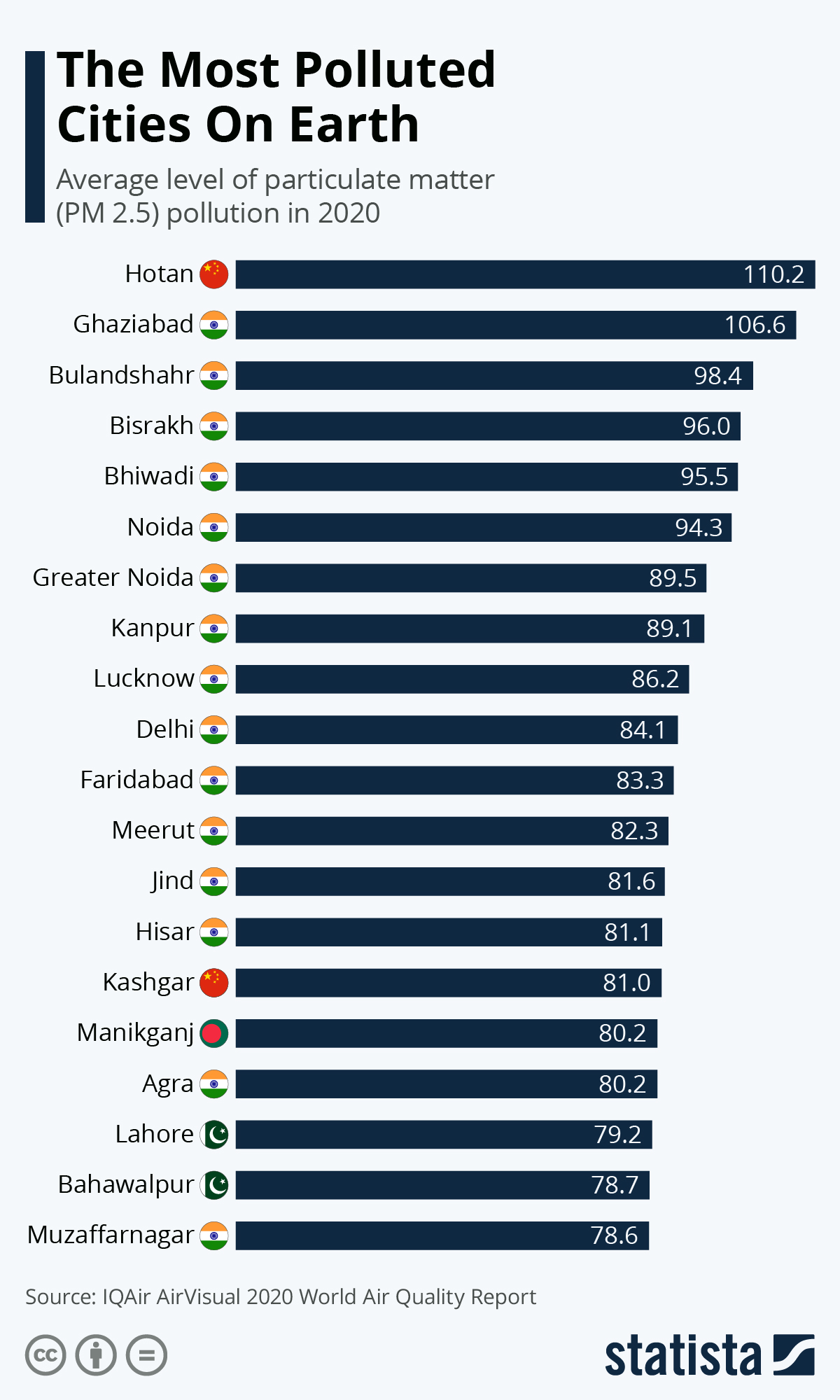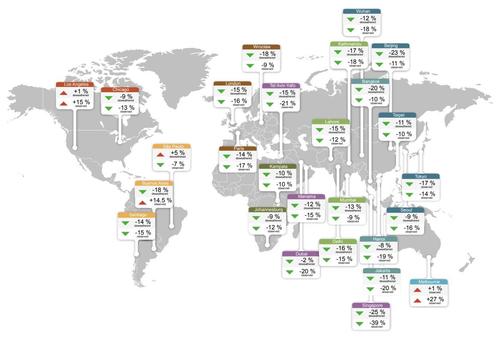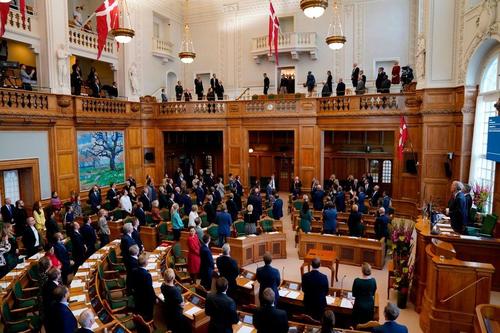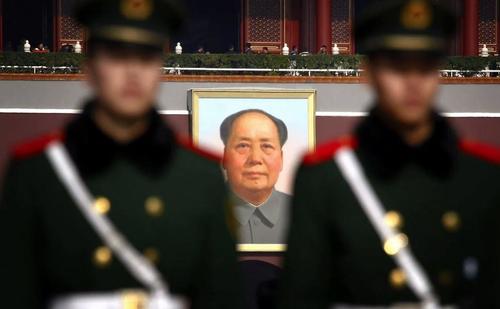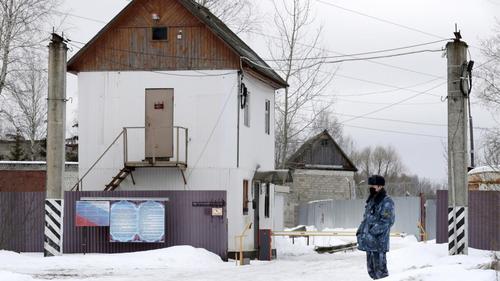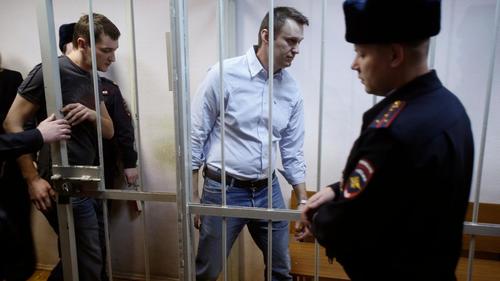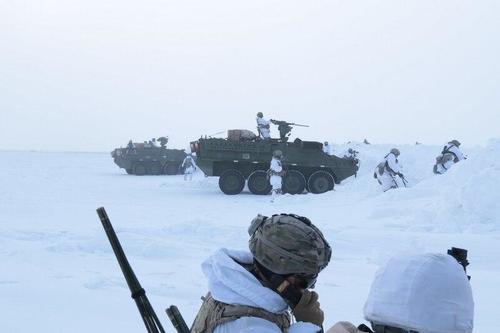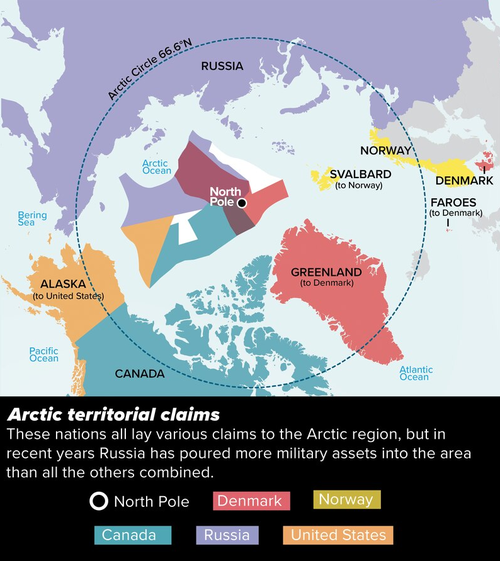Iran Looks To Expand Oil Influence In Africa Through New Pipeline
Authored by Simon Watkins via OilPrice.com,
Iraq remains the key cover through which Iran transports its oil to the rest of the world, as has been well-documented by OilPrice.com, so the news last week that Iraqi and Egyptian officials have discussed the possibility of extending the Basra-Aqaba pipeline to Egypt as this would be “an important addition and a new outlet for Iraqi oil exports to North Africa” (according to representatives of the two negotiating teams) should be read in this light.
It should also be read in terms of the overall strategy for the expansion of influence of Iran – backed by China in the wide-ranging 25-year deal – not just across the Shia crescent of power in the Middle East but into eastern and northern Africa as well. A key to this expansion is the roll out of an integrated network, based around oil, gas, and electricity supplies, that allows for not just the installation of permanent infrastructure linking one country to another but also for the on-site presence of permanent ‘technical and security’ personnel, many of which are already – or will be – Iranian and Chinese. This alliance is also the other option for countries in the region to the U.S.-Israel-led ‘relationship normalisation deals’ currently being touted as a core method by which to stop Iran’s increasing regional influence, subscribed to so far by the UAE, Bahrain, and Morocco.
Jordan was always a natural contender to be drawn into the alternative Iran-led alliance, given its strong historical anti-Israeli bias. Jordan’s current king, Abdullah II, is the son of King Hussein, a key leader in the 1967 Six-Day War waged by Jordan, Syria, Egypt, and Iraq, against Israel, and then a supporter of the 1973 Yom Kippur War, also again involving Egypt and Syria, principally, fighting Israel, although it also involved expeditionary forces from a wide range of Arab states, including Jordan and Iraq. Egypt, for its part, although flirting with the U.S. over the years for monetary gain primarily and since 2014 for the U.S.’s assistance in shoring up the power of former field marshal and now President, Abdel Fattah el-Sisi, has long regarded itself as being a leader of the Arab world, along with Syria.
Slightly shifting this pro-Arab ideology to a point where it coincides in large part with the ideas involved in the Shia crescent is seen as a not insurmountable objective in Tehran. Iran is already either directly (through its foreign intelligence and military organisations) or indirectly (through its proxy paramilitary groups) highly active in the Shia crescent areas of Syria, Yemen, Iraq, and Lebanon. Softer pressure is being added through financing deals on offer from China (or Russia) for states teetering on the margins of this alliance that are struggling economically from the after-effects of two oil price wars in less than five years and the demand destruction effect of the COVID-19 pandemic or from general economic mismanagement.
These include, from the Russian side, Azerbaijan (75 per cent Shia and a Former Soviet Union State) and Turkey (25 per cent Shia and furious at not being accepted fully into the European Union), although others remained longer-term targets, including Bahrain (75 per cent Shia), and Pakistan (up to 25 Shia and a home to sworn-U.S. enemies Al Qaeda and the Taliban).
From the Chinese side, these include any country on or adjoining its land or maritime routes in its ‘One Belt, One Road’ (OBOR) program, notably in the Middle East, Oman and Jordan.
Securing Jordan in this alliance was the initial aim of the oil deal that was resuscitated recently by Iraq. The deal might appear innocuous enough, with the formal announcement of the extension of a previous contract that had lapsed at the end of December for Jordan to import crude oil from Iraq. Jordan’s Energy Minister, Hala Zawati, stated in July of last year that the Kingdom would resume imports of at least 10,000 barrels per day (bpd) of Iraq crude oil via tankers at a discount of US$16 to the Brent price, reflecting the transport costs and quality differential. These supplies came from Baiji in Iraq direct to the Jordan Petroleum Refinery Company (JPRC), constituting around seven per cent of Jordan’s daily demand. The original deal that had been struck in 2006 mandated a discount to Brent of US$18 pb, on the basis that Jordan bore the transport costs between Kirkuk in northern Iraq and Zarqa in the Kingdom and presaged a broader build-out of energy ties between the two countries.
However, underpinning this agreement were broader discussions about the future relationship between Jordan and Iraq and these resulted in a contract being signed last year to connect the electric power grids of the two countries. By extension, this will provide a direct link between Jordan and Iran, which recently signed a two-year deal with Iraq to supply it with electricity, the longest such deal signed between the two countries. In this context, just a month or so before Iraq Prime Minister, Mustafa al-Kadhimi’s visit to Washington last year, Iran’s Energy Minister, Reza Ardakanian, stated that Iran and Iraq’s power grids have become fully synchronised to provide electricity to both countries by dint of the new Amarah-Karkheh 400-KV transmission line stretching over 73 kilometres. This also ‘paves the way for increasing energy exports to Iraq in the near future, from the current 1,361 megawatts per day now’, he said. He added that Iranian and Iraqi dispatching centres were fully connected in Baghdad, the power grids were seamlessly interlinked, and that Iran had signed a three-year co-operation agreement with Iraq ‘to help the country’s power industry in different aspects’. At the same time, it was announced by the Iranian Electrical Power Equipment Manufacturing and Provision Company that Iran’s electricity exports to other neighbouring countries in the previous Iranian calendar year (ended on 19 March 2020) reached over 8 billion kilowatt-hours (kWh), a mean average increase of 27.6 per cent year-on-year. In the meantime, Iraq’s Electricity Minister, Majid Mahdi Hantoush, announced that not only is Iraq currently working on connecting its grid with Jordan’s electricity networks through a 300-kilometre-line – a project that will be finished within two years – but also plans have been finalised for the completion of Iraq’s electricity connection with Egypt within the next three years. This, in turn, he added, would be part of the overall project to establish a joint Arab electricity market.
Running in parallel with these pan-Arab plans are the ongoing pipeline initiatives that build out from the original idea for the Basra-Aqaba route spanning around 1,700 km, and do not include Israel land or sea territory. December 2019 saw an announcement from Iraq’s Oil Ministry that it had completed the prequalifying process for companies interested in participating in the pipeline project, with the first phase of the project including the installation of a 700-km pipeline with a capacity of 2.25 million barrels within the Iraqi territories. The second phase includes the installation of a 900-km pipeline in Jordan between Haditha and Aqaba, with a capacity of one million barrels. For Iran, this allows another alternate Iraq/Iraq oil export line to the historically vulnerable Strait of Hormuz route, to add to the current plans for the Guriyeh-Jask pipeline and plans to roll out a pipeline to Syria as well. It will also provide another ‘cover’ route for Iranian oil disguised as Iraqi oil, which can then be shipped easily both West and East. There are a number of options for this Iraq-Aqaba-Egypt pipeline route, even the favoured ones that avoid any Israeli land or sea threats, including a very short route following the same ground as one of the Arab Gas Pipeline flows: from Aqaba to Taba, and then if required up north to Arish and then west to Port Said.
Tyler Durden
Fri, 03/26/2021 – 05:00
via ZeroHedge News https://ift.tt/3rq2pVi Tyler Durden
